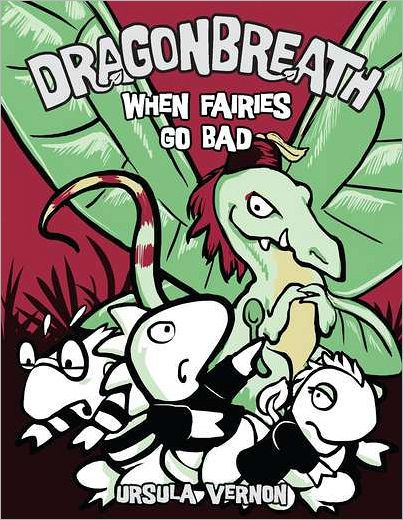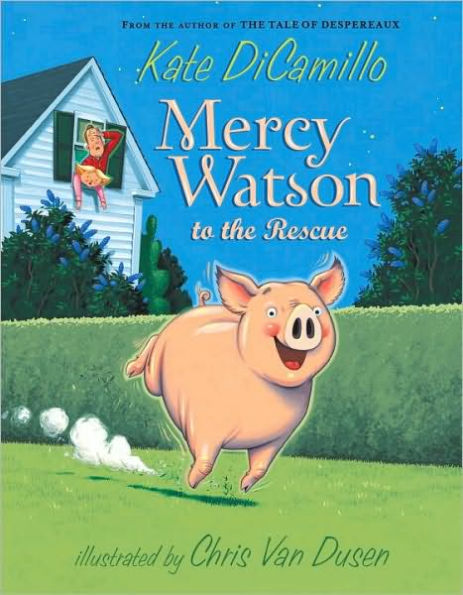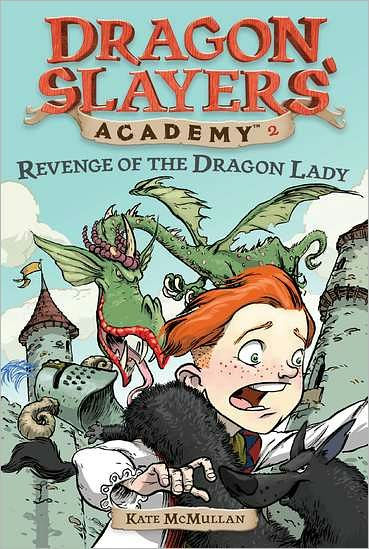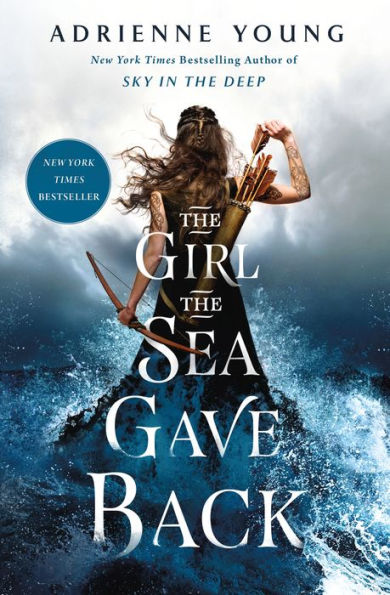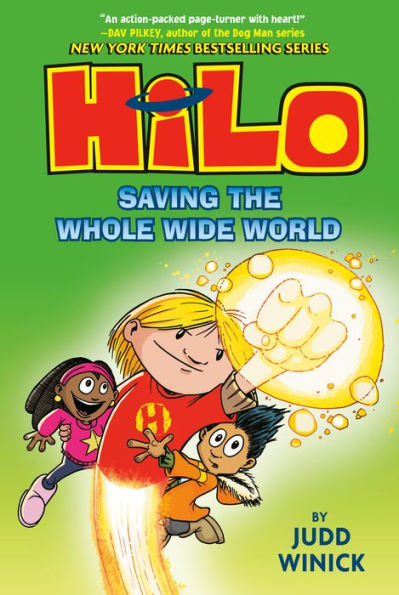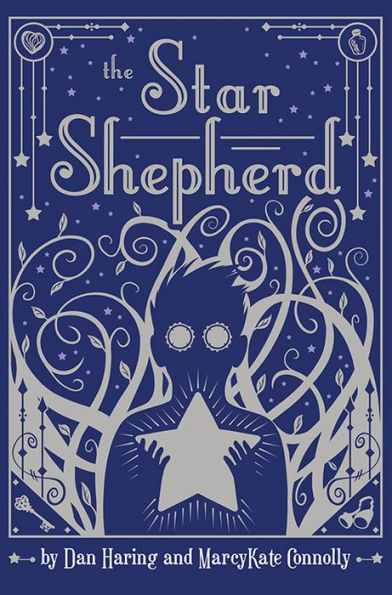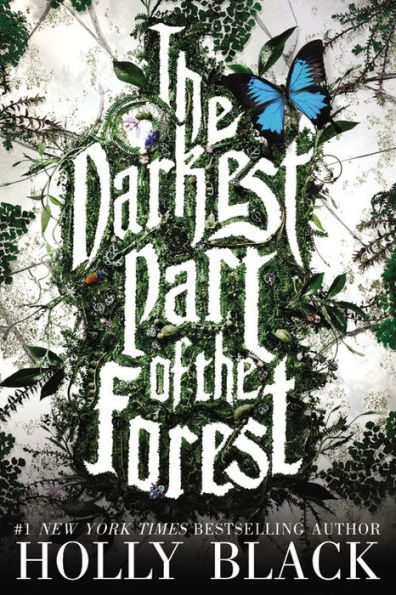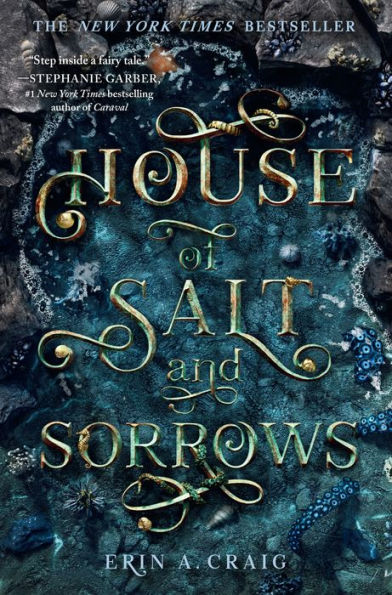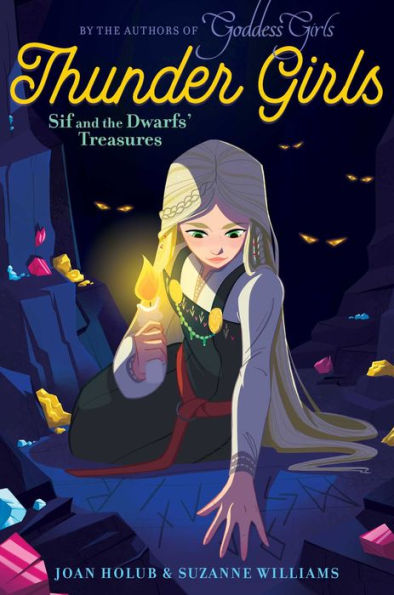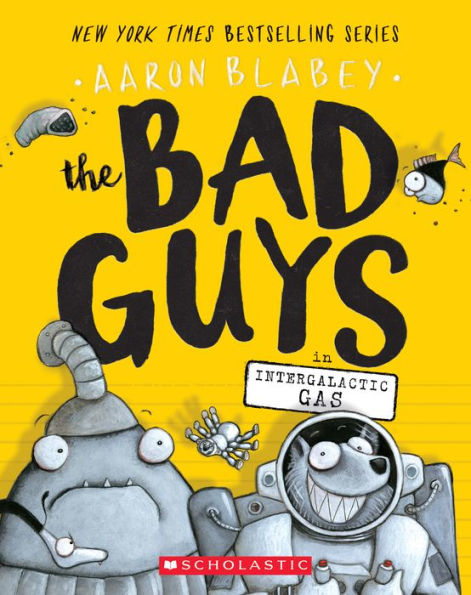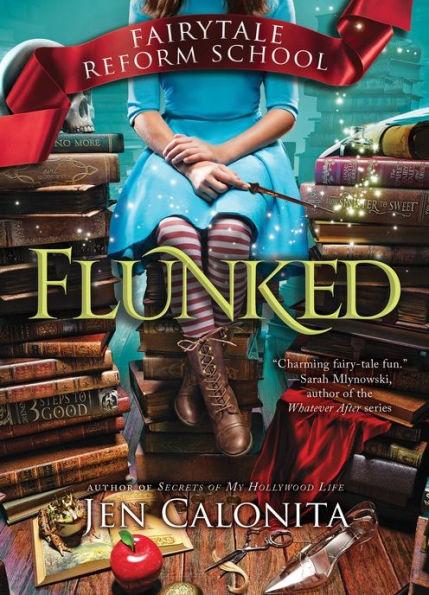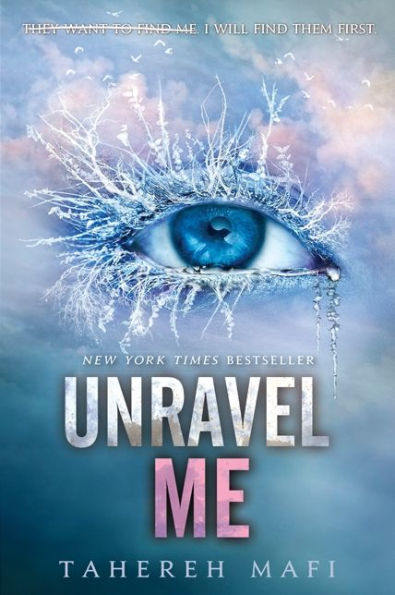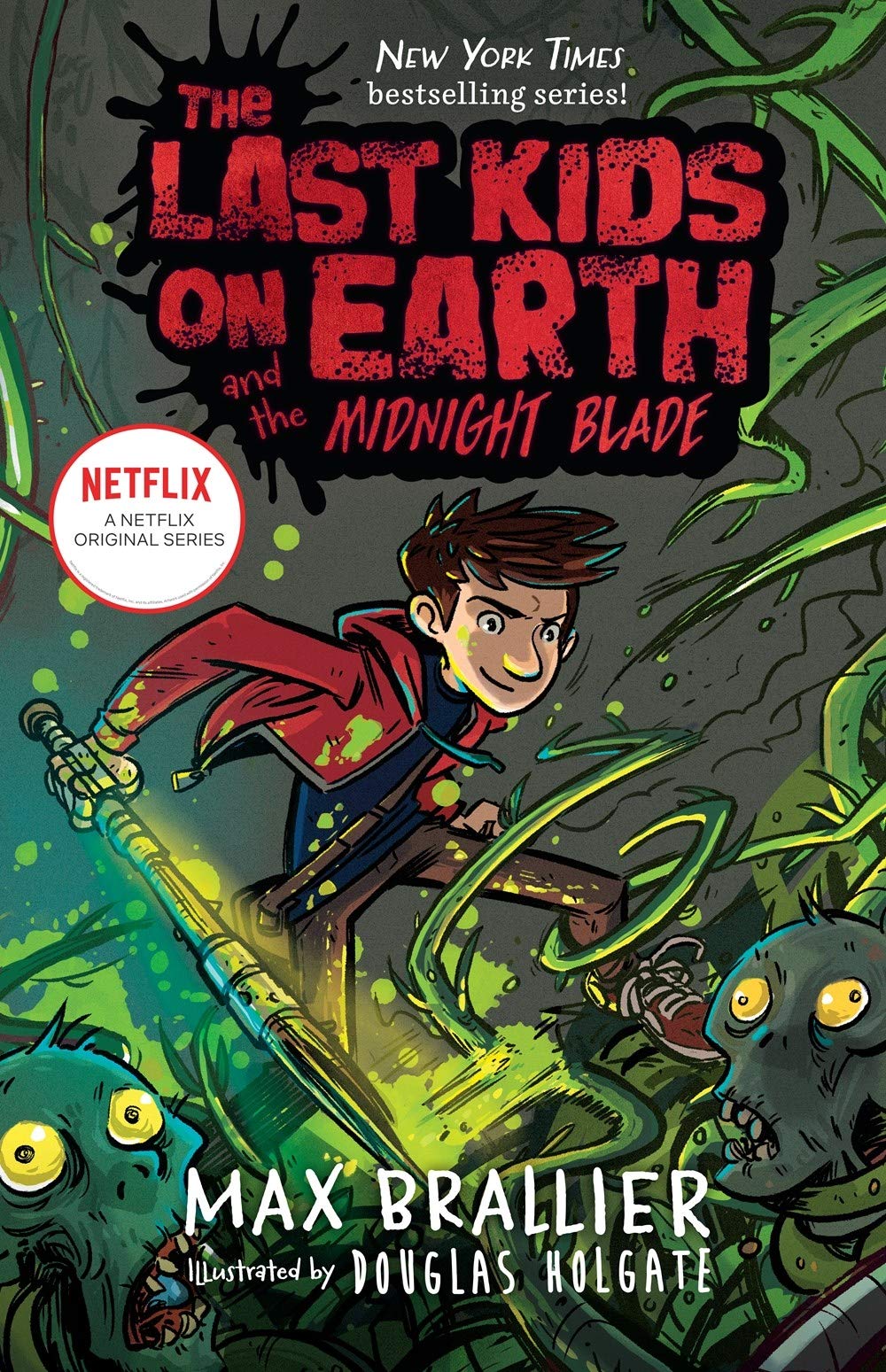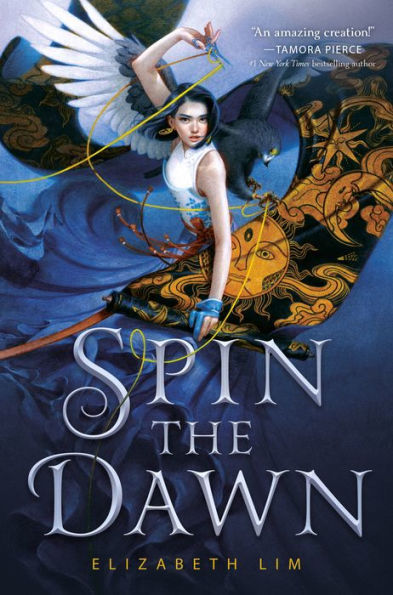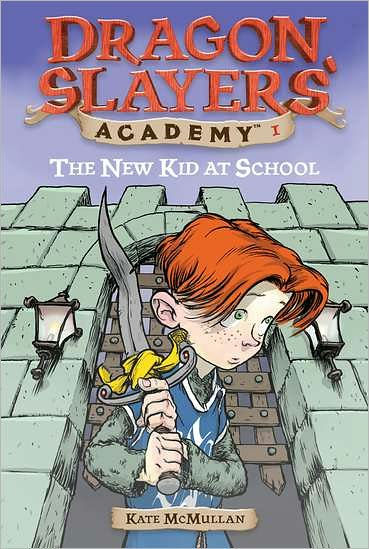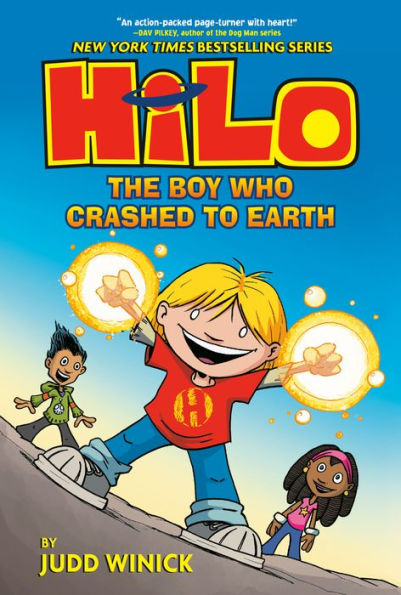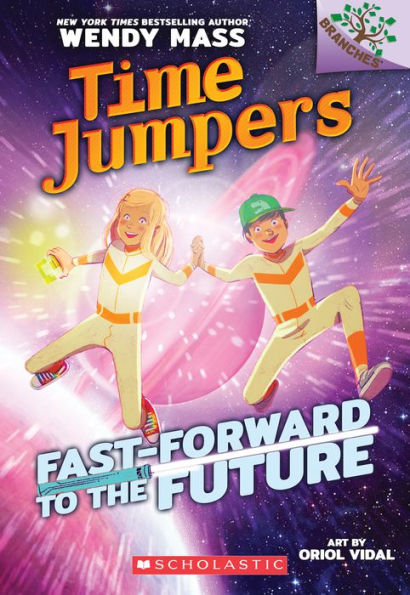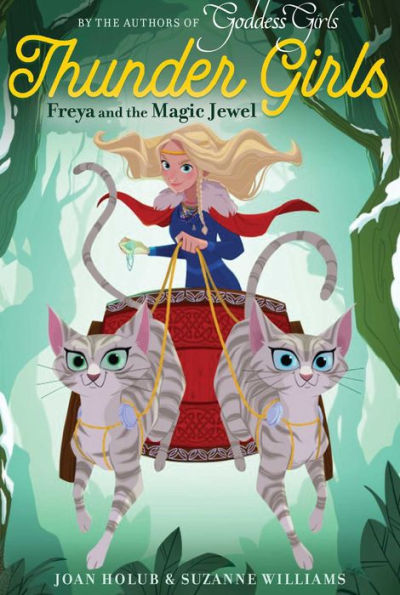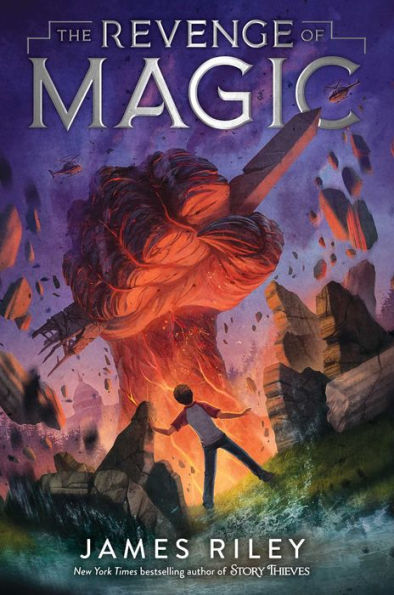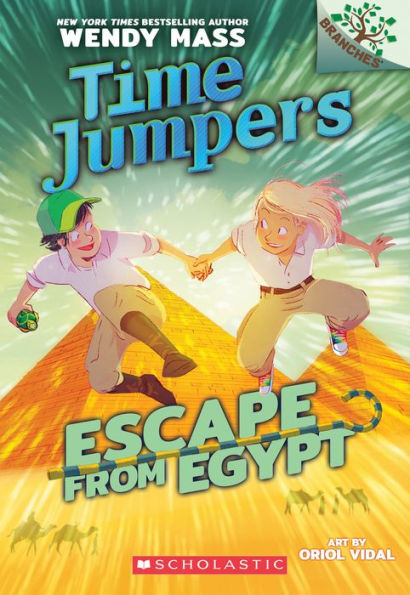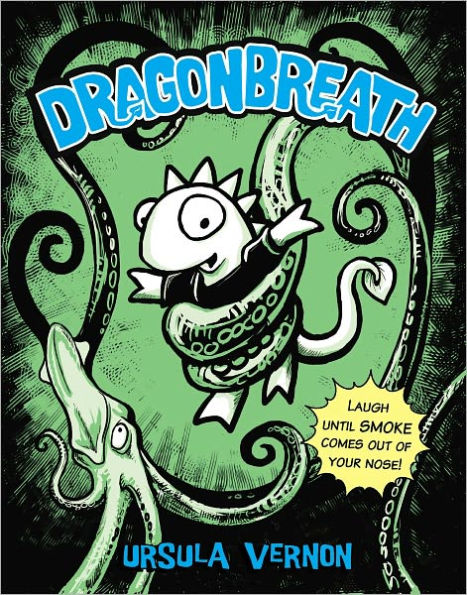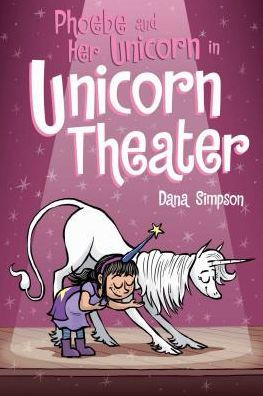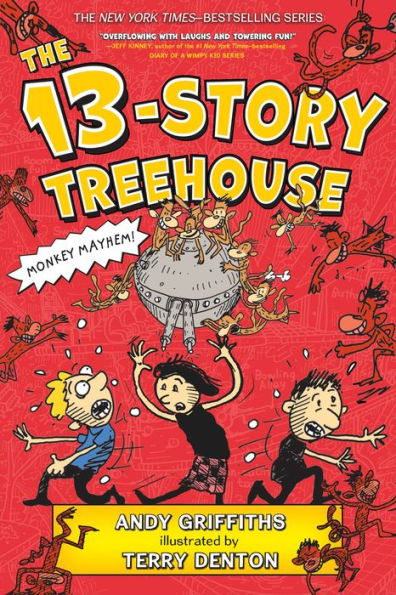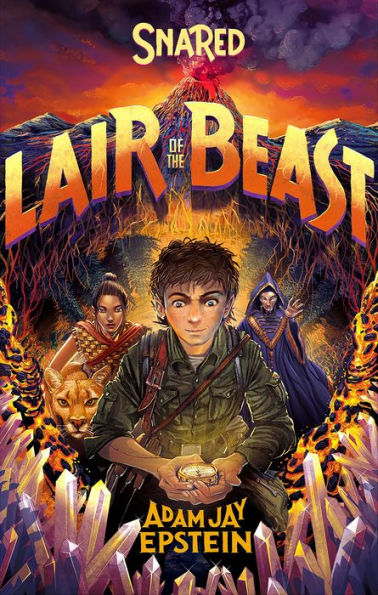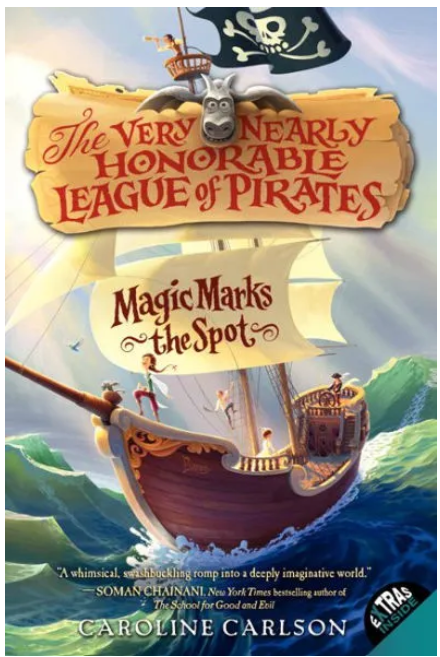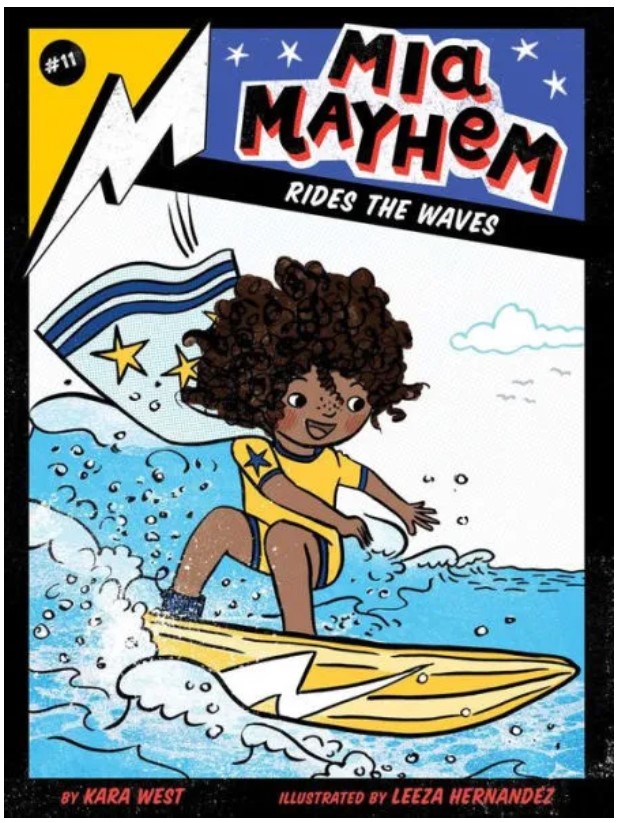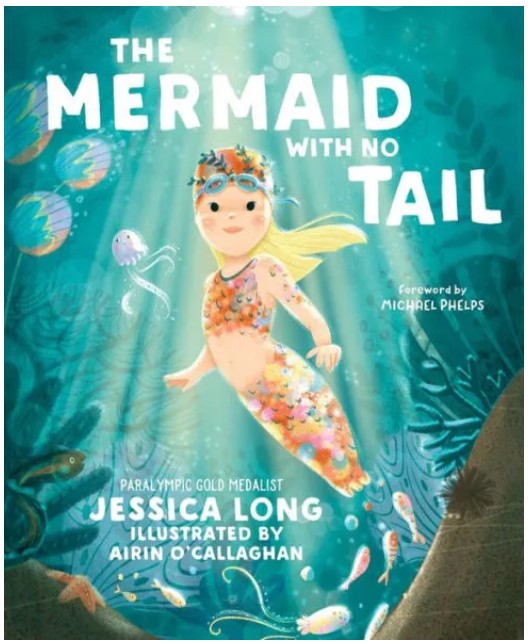Everyone knows rule #1 in the dragon world: Never, ever mess with a dragon’s mama. So when Danny Dragonbreath’s mom gets kidnapped by fairies, Danny, his best friend Wendell, and know-it-all Christiana hop on the first bus to the Faerie realm to show those fairies who’s boss. But these are not the sparkly Tinkerbell kind of fairies. These guys play dirty. Escaping fairyland with Danny’s mom is no easy task, even for a sort-of-fire-breathing dragon.
When Fairies Go Bad uses fairy folklore to create a hilarious, action-packed story that will have readers giggling. When Danny’s mother is kidnapped by fairies, Danny and his friends, Wendell and Christiana, are determined to save her. As they march through fairyland, they must stay on the path in order to stay safe. However, several of fairyland’s creatures try to trick the three friends into straying off the path. Fairyland’s creatures are more silly than scary, and readers will enjoy seeing how the friends work together to keep focused on their goals.
While in fairyland, Christiana is cursed and all of her sentences must end in a rhyme. To add to the humor, Christiana also doesn’t believe she is really in fairyland. At one point she says, “Yet more talking mammal dreams? My subconscious is obsessed, it seems.” Christiana’s rhymes add humor to the story. Readers will enjoy the humor of the story as well as how Danny and his friends are able to free Danny’s mother.
Green and black illustrations add to the allure of the book. Drawings with dialogue balloons help break up the text and keep the action moving. Dragonbreath shows the value of friendship and will get even the most reluctant readers engaged in the story. Although When Fairies Go Bad is the seventh book of the Dragonbreath series, the story can be enjoyed as a stand-alone story. Readers who enjoy the Dragonbreath series may also want to try The Notebook of Doom Series by Troy Cummings.
Sexual Content
- None
Violence
- Danny wakes up in the middle of the night because he hears a strange noise. “The music rose to a screaming whine, and something reached out of the fairy right, closed over Danny’s mother’s wrist, and yanked her into the right. She vanished. The music halted as if it had been cut with a knife.” Danny’s mother is kidnapped by fairies.
- Danny finds his mom, who was locked in a cage by the fairies.
- When Danny tries to talk to his mom, “the fairy king waved a hand. Danny’s mother’s voice cut off abruptly. Her mouth kept moving, but no sound came out. She realized she’d been muted. . .”
- The fairy king threatens to turn Danny’s mom into a tree. Danny “had no idea what he’d do if the king actually did turn her into a tree. Take her home and plant her in a nice pot in the backyard? Keep her watered with coffee?”
- Creatures follow Danny and his friends. “Figures staggered out of the woods, moving with jerky, shuddering steps. When they got a little closer, Danny realized that they were little more than sticks lashed together. They didn’t have heads or hands or anything, just twigs animated by some malign magic. . . Wooden claws closed on Danny’s shoulder. Another one grabbed at his mother. . .” Danny breathes fire and “the wood dried up beautifully. The twig-creature dropped him and staggered back.”
- When the fairy king sends a guard after Danny and his friends, “Danny’s mother lunged at the fairy guard. The fairy plainly hadn’t been paying attention to her at all and went down under a hundred and sixty pounds of very angry female dragon.”
- Danny threatens to turn a pig into bacon.
Drugs and Alcohol
- Danny’s friend looks at some mushroom in Danny’s yard. The friend says the mushrooms “look like an Amanita to me. They’re really poisonous. Some of them make you hallucinate too.”
Language
- Christiana has been cursed and must rhyme all of her words. She tells Danny, “Thanks, dude. . . I think I’m screwed.”
- While in fairyland, Christiana thinks, “We got too close to the mushrooms in your yard, and now we’re hallucinating hard.”
- Christiana shows a fairyland creature a spook and asks, “Is this what you’re after, you ugly moose-pafter?”
- Danny’s mother tackles a guard. The guard then asks, “What the heck was that?”
- Danny’s grandfather says that fairies are “mean little cusses.”
Supernatural
- A fairy says a curse, “Ash and bone and hag-skin fat, boar’s black tongue and snout of bat, the rhymer’s curse I lay upon thee—from dawn to dusk in heart of faerie.” After Christiana is cursed, all of her sentences have to rhyme at the end. When Christiana says a word that can’t rhyme, she has “the mother of all coughing fits. She rolled around, tearing up handfuls of grass and hacking.”
- While in the fairies’ world, Danny and his friends must stay on the path because “the white stones seemed to act like a force field.”
- When bushes begin to talk to Danny and his friends, Wendell says, “Fairies can disguise themselves as all kinds of things. I bet those aren’t really bushes.”
- In order to break a fox’s spell, Christiana puts in the tear of the fox. “The tear fell onto the spell. There was a shout that seemed to come from all directions of the woods, and the spell gave a great hiss and fizzle. The fox leaped to his feet, did a backflip, and tore off into the woods.
Spiritual Content
- None
